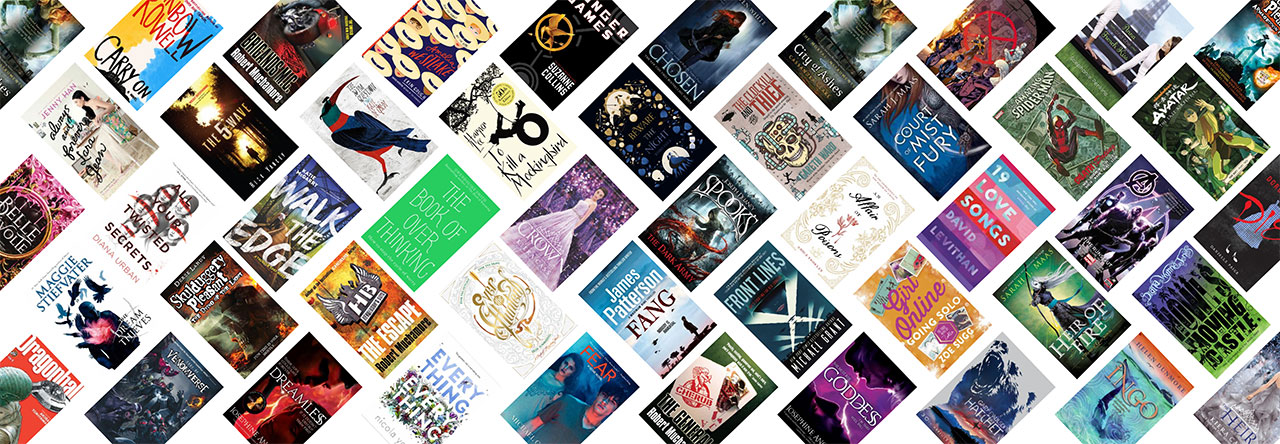We’re now half-way through the month of November, which means we’re also half-way through the submission period for Tūhono, our new poetry journal for kids and teens! We’ve received so many radical entries already, but we’d love to have more. If you’re experiencing some writer’s block, or just aren’t sure where to start with your next poetical masterpiece, we thought we’d give you some starters here.
Your challenge is to take one of the following single lines of poetry and include it in your work, either at the beginning or the end. All of these lines come from real poems, but it’s totally fine to use them as inspiration or as a poetic springboard. If any of them speak to you, we really encourage you to read the full poem — most of them can be found in our collection:
- Till human voices wake us, and we drown. (T.S. Eliot, ‘The Love Song of J. Alfred Prufrock)
- He came home. Said nothing. (Wisława Szymborska, ‘Going Home’)
- Petals on a wet, black bough (Ezra Pound, ‘In a Station of the Metro’)
- I gazed–and gazed–but little thought (William Wordworth, ‘I Wandered Lonely as a Cloud’)
- Here is no water but only rock (T.S. Eliot, ‘The Waste Land’)
- Things fall apart, the centre cannot hold (W.B. Yeats, ‘The Second Coming’)
- here is the root of the root and the bud of the bud (e.e. cummings, ‘[i carry your heart with me(i carry it in]’)
- This city, in plague time / knew our brief eternity (William Gibson, ‘Beloved: Voices for Three Heads’)
- I eat men like air (Sylvia Plath, ‘Lady Lazarus’)
- I am not the heterosexual neat freak my mother raised me to be. (Chen Chen, ‘Self-Portrait as So Much Potential’)
- This city will always pursue you. (C.P. Cavafy, ‘The City’)
- laughter for no cause, simply because the world is beautiful (Louise Glück, ‘Vita Nova’)
- Maybe it’s time to stop swimming. (Porcupine Tree, ‘Stop Swimming’)
- until the smallening world became absurd (e.e. cummings, ‘a clown’s smirk in the skull of a baboon’)
- As light welled / that could devour water (Louise Glück, ‘The Egg’)
If you choose to put the line at the beginning, see how you can take the image and with each successive line, either expand on it, or confound it in some way. If you choose to put your quotation at the end, try to imagine what combination of images might lead up to that climactic point.
We can’t wait to see what you come up with. Don’t forget to submit your poems for Tūhono before the 30th of November to have them included in the inaugural publication!




Comments are closed.